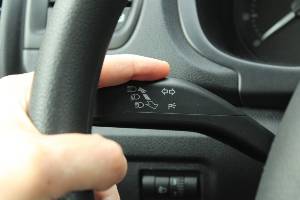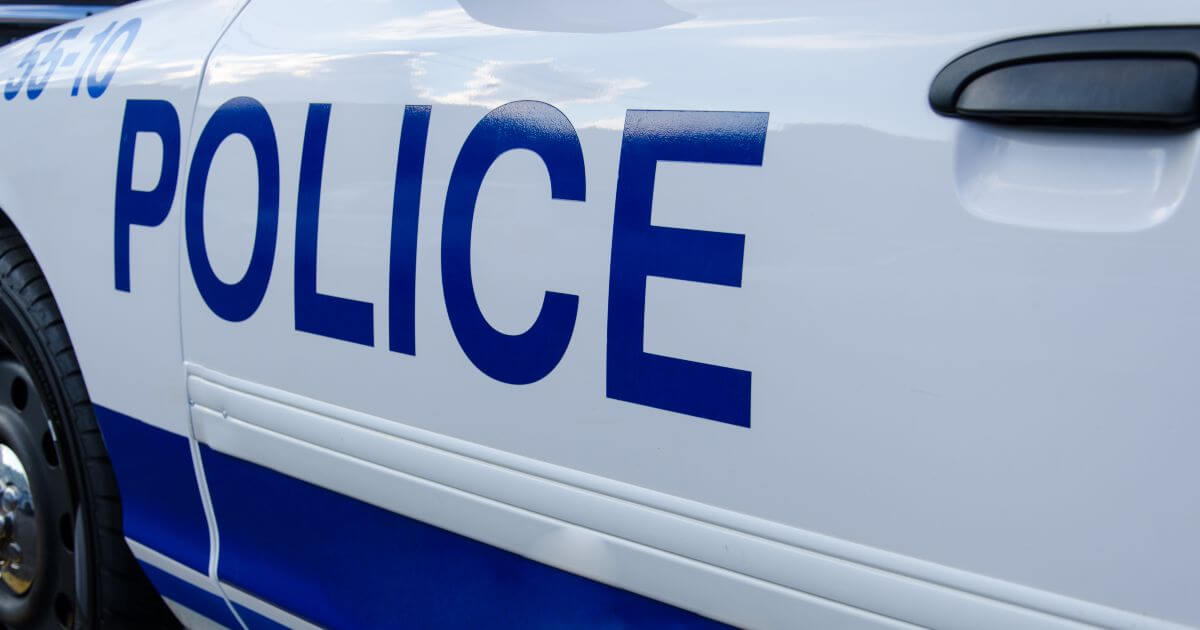 Drivers need to take reasonable precautions to help reduce the risk of a crash. One of those reasonable precautions is to use their turn signals before turning or changing lanes. Your turn signals alert other drivers of your intent to turn or change lanes, which gives them time to slow down.
Drivers need to take reasonable precautions to help reduce the risk of a crash. One of those reasonable precautions is to use their turn signals before turning or changing lanes. Your turn signals alert other drivers of your intent to turn or change lanes, which gives them time to slow down.
The problem is many drivers often forget or simply decide not to use their turn signals. They either do not care or do not think using their turn signal is going to make that much of a difference. No matter the use, failure to use a turn signal can cause a collision that could result in injuries and damages. If this occurs, the driver who did not use a signal could be held liable for damages.
Below, our Windsor-based vehicle accident lawyers discuss how failing to use a turn signal could result in a crash and how fault may be evaluated for these types of crashes. If you were injured in any type of vehicle collision in Windsor or elsewhere in Ontario, Greg Monforton and Partners is ready to help you.
Contact our firm today to discuss legal options. Call (866) 320-4770.
How Failing to Use a Turn Signal Could Cause a Collision
Failing to use a turn signal is particularly dangerous when drivers change lanes. For example, if a driver intends to move into the left lane, the left turn signal alerts drivers in that lane. If a driver in that lane is approaching and he or she sees the turn signal, he or she can slow down if necessary to avoid a rear-end crash.
Without the warning provided by a turn signal, the driver in the left lane is less likely to slow down. He or she might sideswipe the other car as it changes lanes. There is a much higher risk of a rear-end crash.
If a driver plans to turn into a parking lot or shopping center, he or she needs to use a turn signal to warn drivers in trailing cars. That way these drivers can slow down as the lead driver slows down and a collision can be avoided.
If you are on a two-lane road and you intend to turn where there is no stop sign or traffic signal, you need to use your turn signal.
Turn signals are particularly important in heavy traffic because drivers have much less time to react to the movements of vehicles around them. Commercial truck drivers also need to use their turn signals because if they start to change lanes or turn without warning, it may be impossible to avoid a collision.
Not using your turn signals in a parking lot can be very dangerous. If you are turning across traffic to move into a parking spot you should use a signal to avoid a head-on crash or T-bone collision.
If you are turning in a parking lot or are crossing a place where pedestrians walk, turn signals alert pedestrians. Without turn signals, pedestrians are not going to know a driver could be crossing in front of them.
Another situation where a turn signal can help lessen the risk of a crash is if you intend to leave a roundabout. Signal before you start to exit, particularly if you are in the inner lane.
When Are You Required to Use Your Turn Signal?
In Ontario, drivers are required to use their turn signals before turning, changing lanes or leaving the road. Brake lights must also be used when you slow down before making these maneuvers. Drivers should use the appropriate signal well before they make the maneuver. You need to give other drivers plenty of time to react to you.
While signals are helpful, drivers also need to make sure it is safe to proceed before doing so.
If your brake lights or turn signals are not working, you should try to get off the road as soon as possible. However, if you need to be on the road, such as if you just noticed your turn signals and/or brake lights were not working, you should use hand and arm signals.
Who is at Fault for a Collision When a Turn Signal Was Not Used?
The driver who failed to use a turn signal is likely to be at least partially to blame for the crash. Using a turn signal is a reasonable step that can help reduce the risk of a crash.
However, even without a turn signal, the other driver may have been able to avoid a crash. For example, a crash may have occurred partially because the rear driver was following the other driver too closely. Fault may be shared by the rear driver and the lead driver who did not use a turn signal. The lead driver could also argue that his or her brake lights provided a warning that the vehicle was slowing down.
It may be harder to assign partial fault to a driver whose car got hit by a commercial truck driver who did not use a turn signal. The insurance company could argue it was negligent to be in a truck’s blind spot, but that is why truck drivers need to use turn signals. If the commercial truck driver had simply used the signal, other drivers could have gotten out of the way so the truck could safely change lanes.
If another driver did not use a turn signal, the question becomes whether you had enough time to avoid a collision. If you did not, the other driver may be 100 percent to blame. If you had enough time to avoid a crash, you may be at fault.
Car crashes are complex scenarios that must be carefully evaluated. You should strongly consider contacting an experienced lawyer to help you.
Call Today. We Help Crash Victims With the Legal Process
For decades, Greg Monforton and Partners has been assisting crash victims with the legal process at no upfront cost. The initial legal consultation is also free of charge.
If you think you have a case or are unsure, give us a call to discuss it. Injured victims who hire lawyers often secure more compensation than those who take on the insurance company by themselves.
Give us a call. Experienced lawyers. Proven results. (866) 320-4770




